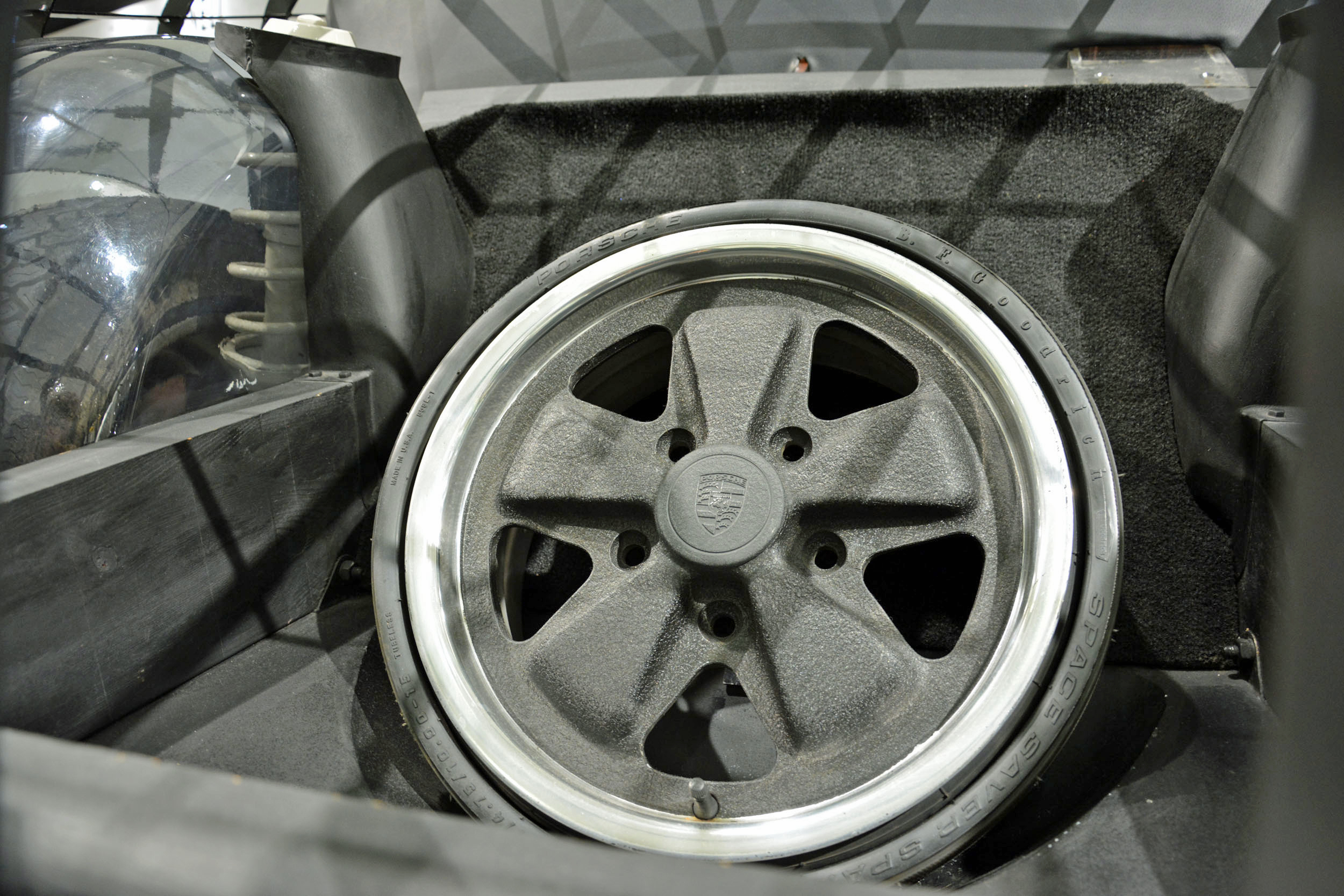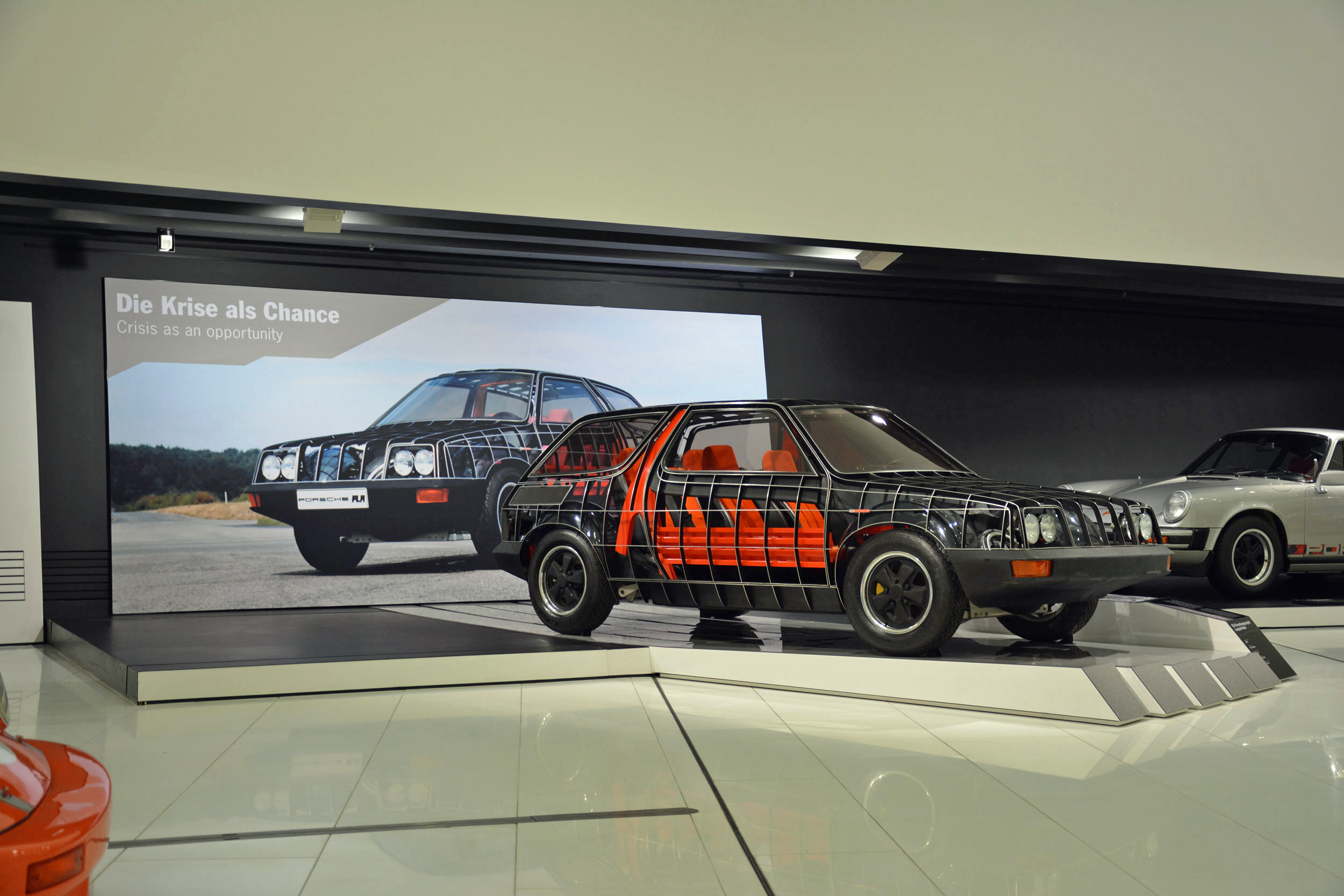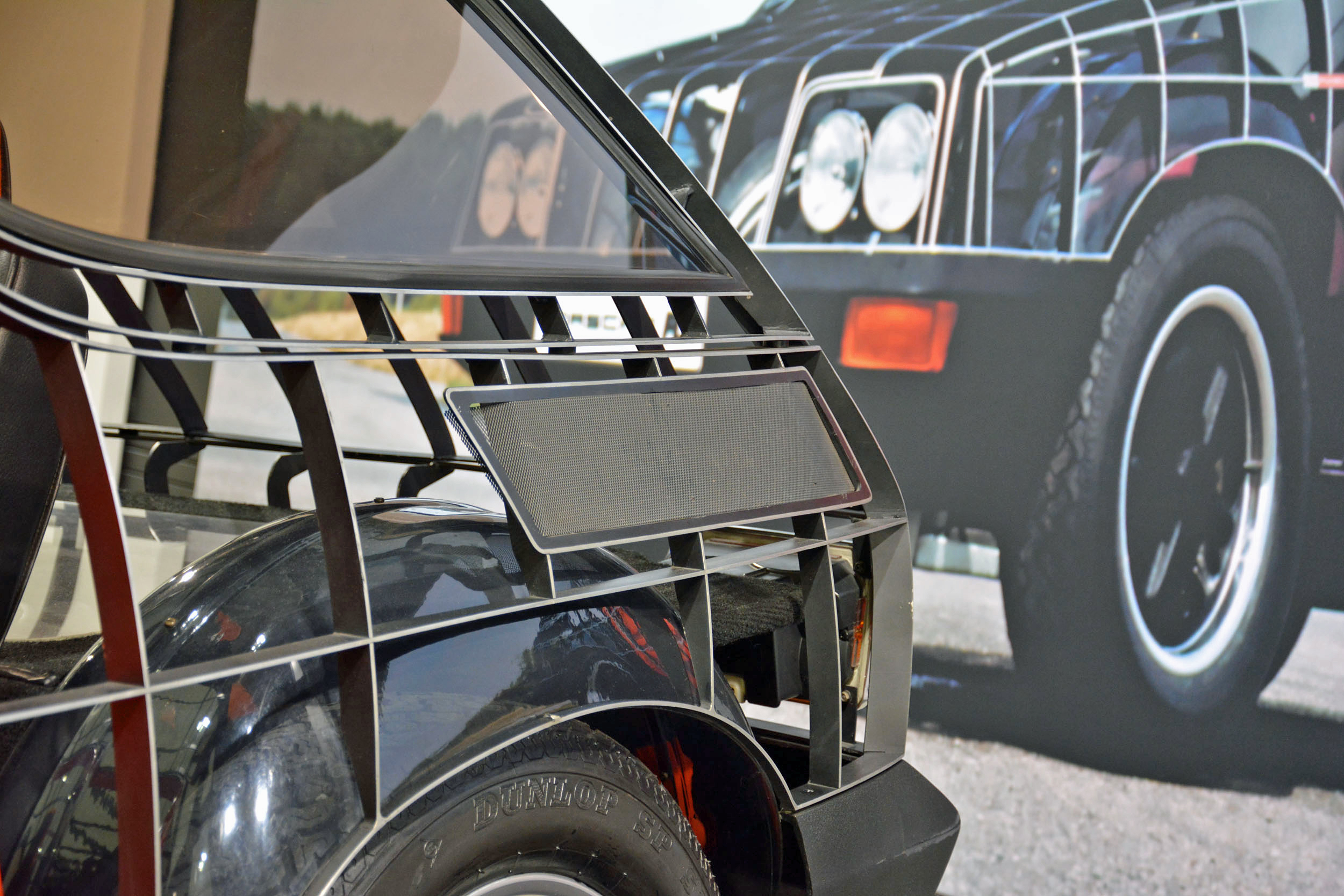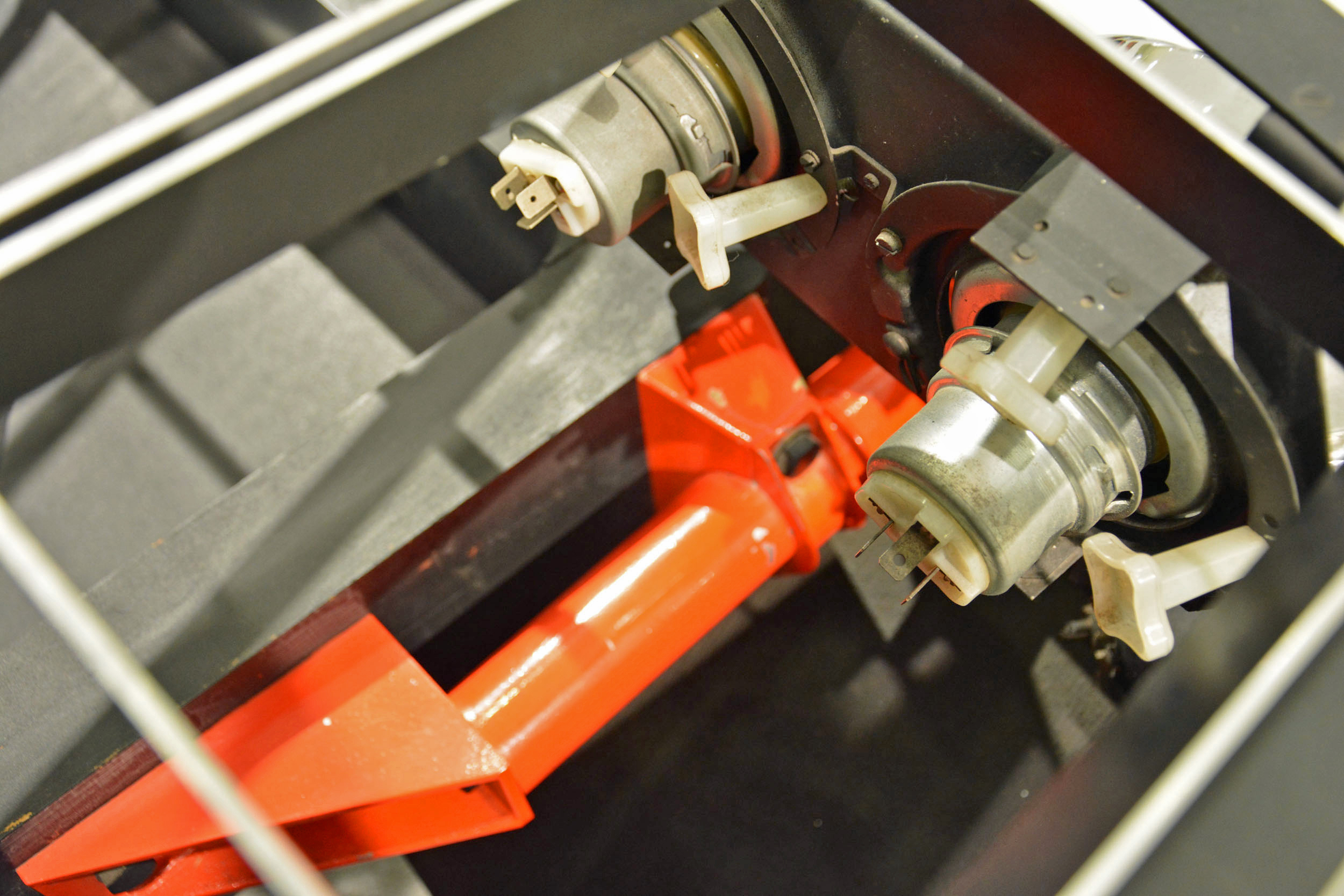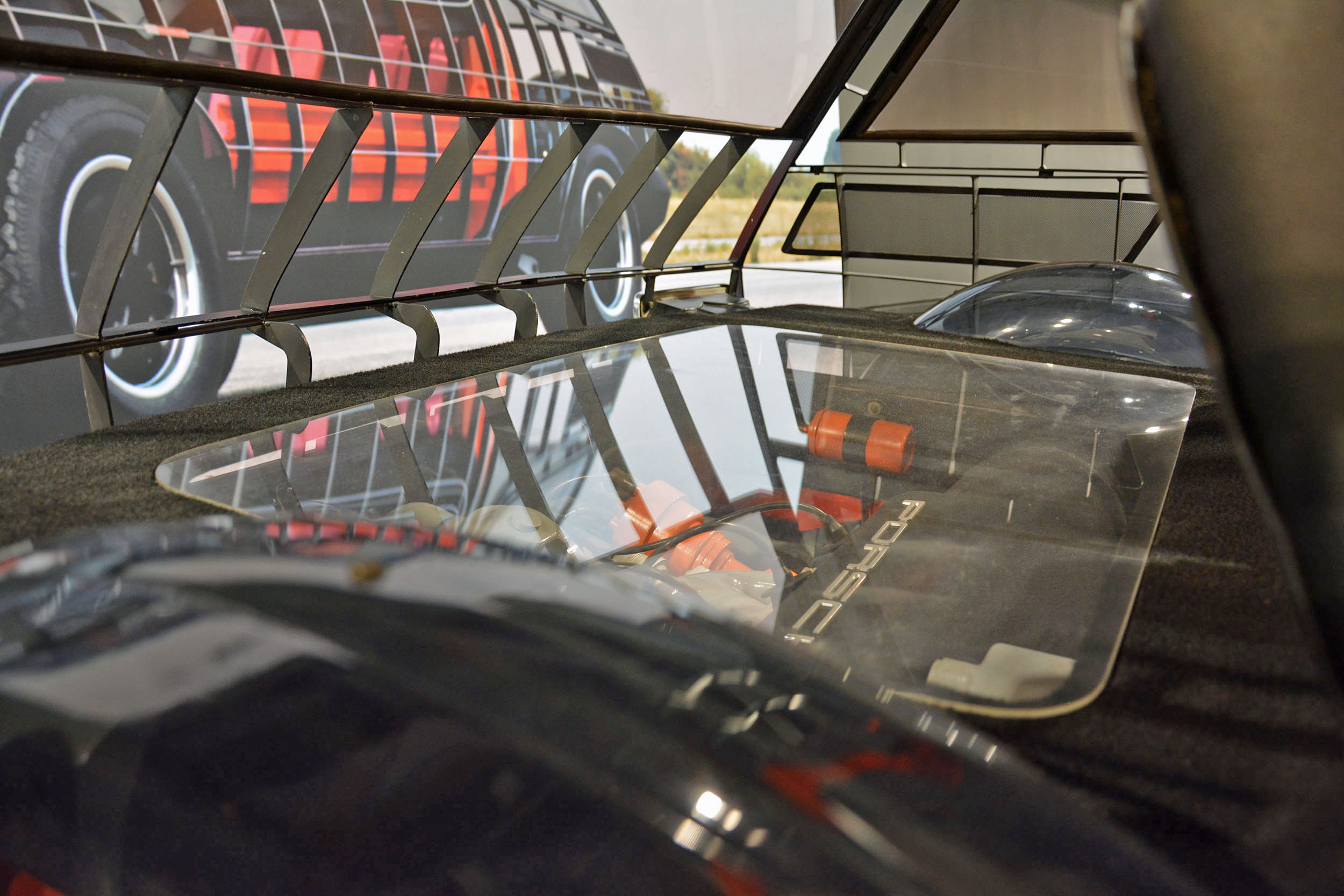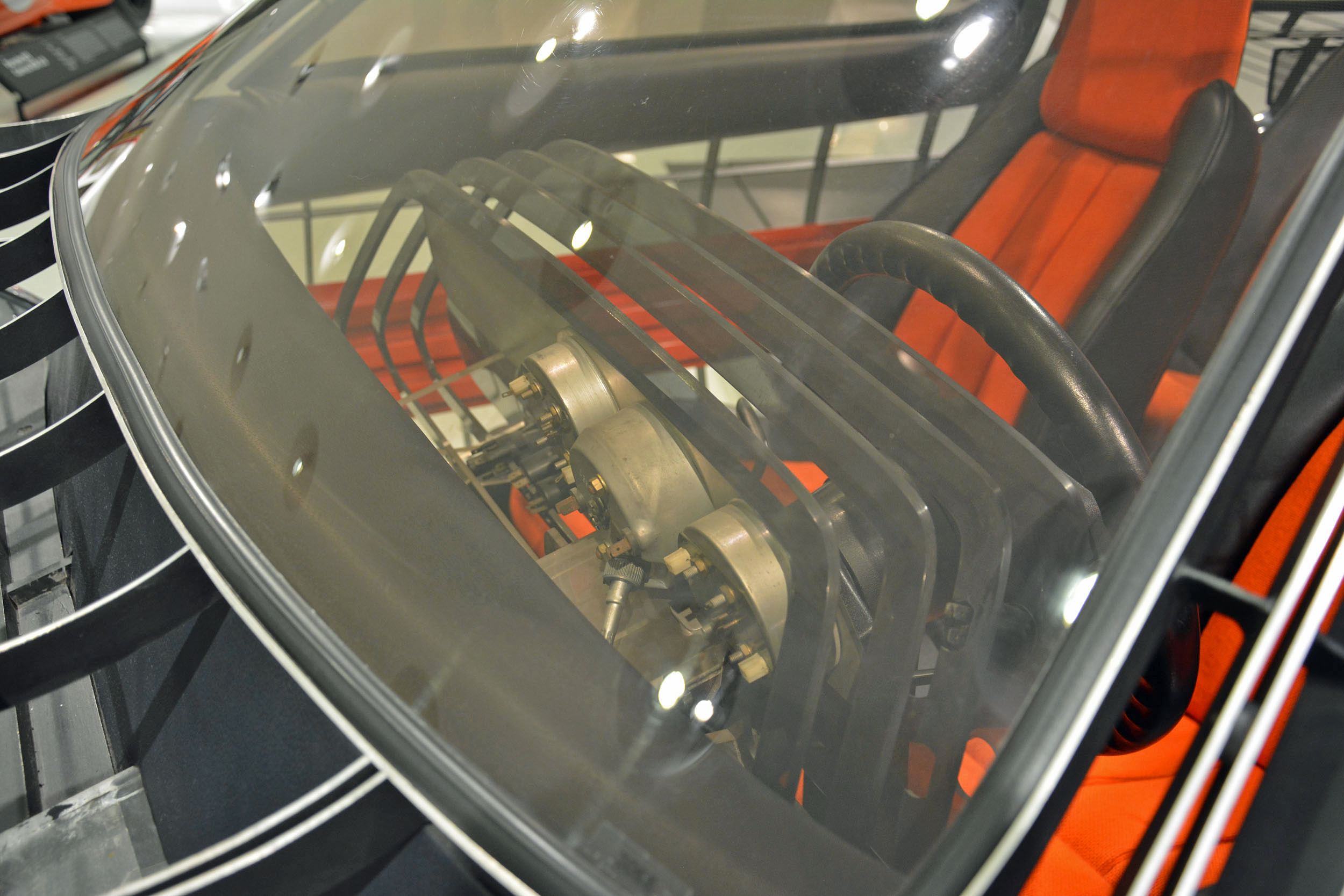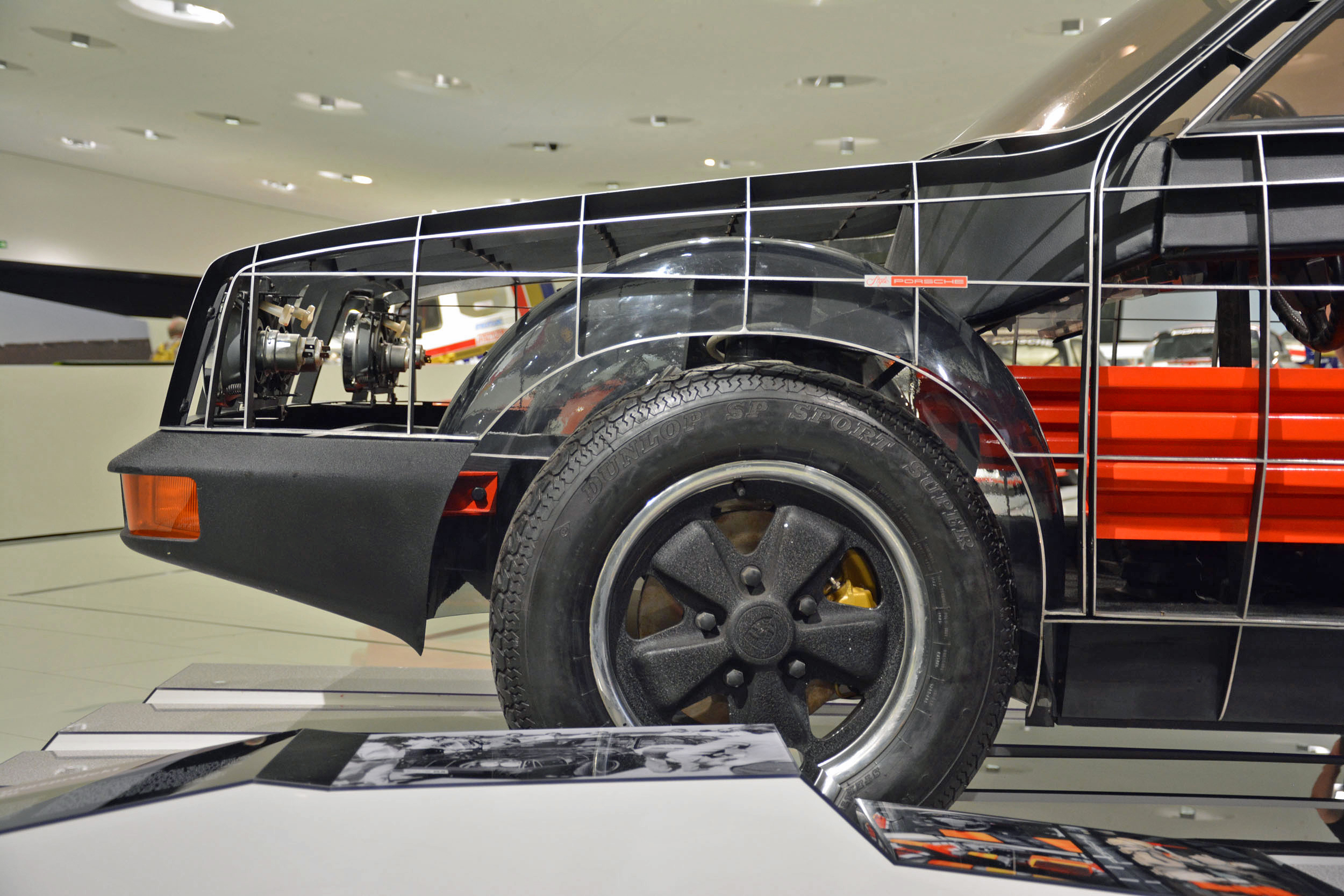Porsche proudly points out that about 70 percent of the cars it has built are still on the road.
Desirability, strong resale value, and the support that the company offers for its classic models undoubtedly play a role in keeping vintage 911s, 968s, and 944s out of junkyards. That 70-percent figure, however, is also a testament to the time and effort the company’s engineers have long put into designing relatively solid cars. One of Porsche’s earliest longevity-related studies is the Forschungsprojekt Langzeit-Auto concept unveiled in 1973.
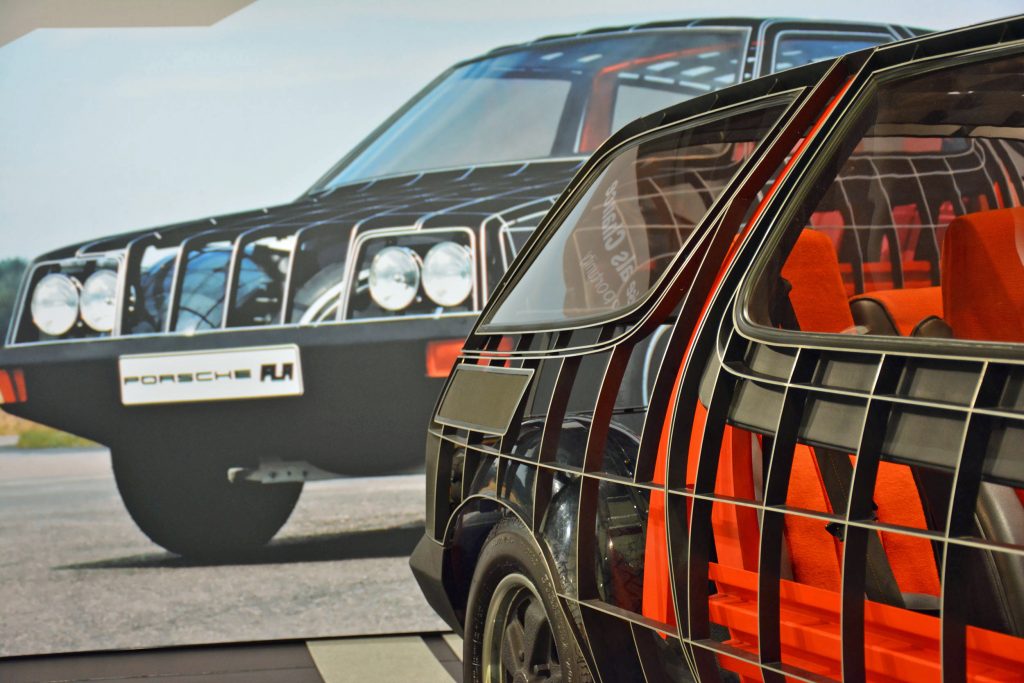
The car’s name, often abbreviated as FLA, roughly translates to “research project long-term car.”
Car-bashing – a popular pastime in Europe – is not a recent invention. “Boos have joined the joyful car chorus since the early 1970s,” a 1973 Porsche press release said, “and there is no lack of voices to damn the automobile with an existence and future of the drabbest kind. Many such complaints are so emotional they cannot be taken seriously. Others, however, give us sufficient reason to further consider the situation of the automobile and its possible future development.”
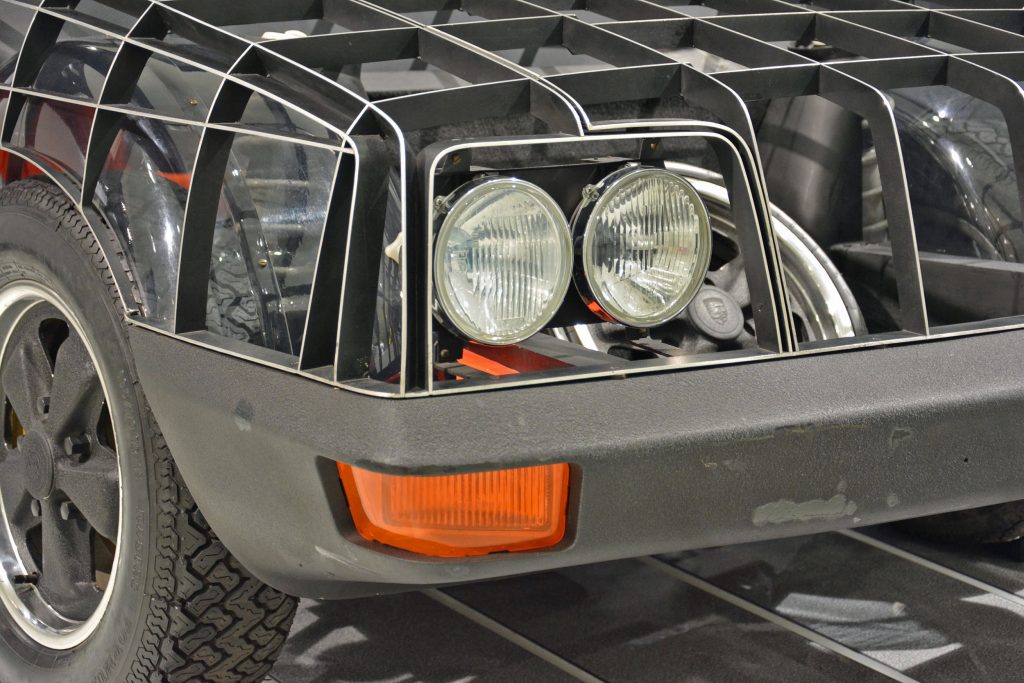
Porsche wisely ignored its more radical critics, but with the FLA, it gave the moderate ones something to chew on. The concept, Stuttgart claimed, was capable of lasting for 20 years or 300,000 kilometres (about 186,500 miles), remarkable figures at a time when five-digit odometers were common. (For context, documents in Porsche’s archive peg the average cradle-to-grave lifespan of a 1970s German car at about 10 years.)
Commissioned by Germany’s Ministry for Research and Development, the FLA prototype made its public debut at the 1973 Frankfurt auto show. It must have turned quite a few heads – the shape of a city car, with a gridlike and see-through false body seemingly made from giant egg crates.
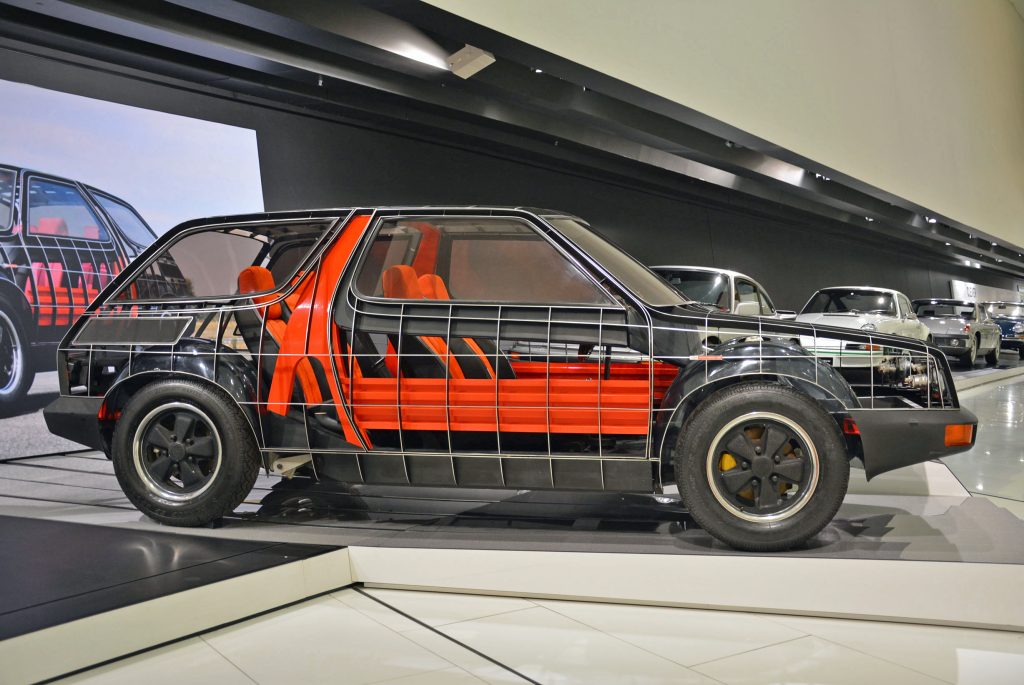
Enthusiasts, Porsche said at the time, could rest assured: Mass-production was not the project’s goal.
“[We] put this long-life study up for discussion at [Frankfurt] in the hope of animating drivers as much as car producers,” the company’s PR department explained at the time. “Incidentally, the long-life automobile on display doesn’t pretend to be a specific car, but rather a demonstration intentionally kept independent of any specific design principle as an idea, neither complete nor final.” The FLA, it added, was designed as a “lower-middle-class car.”
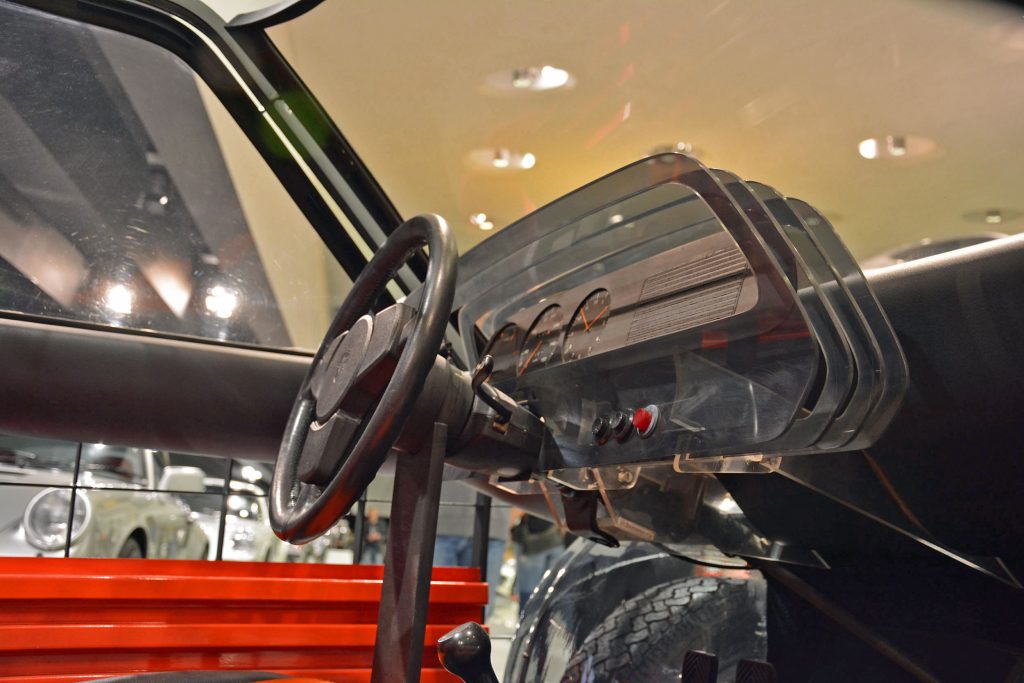
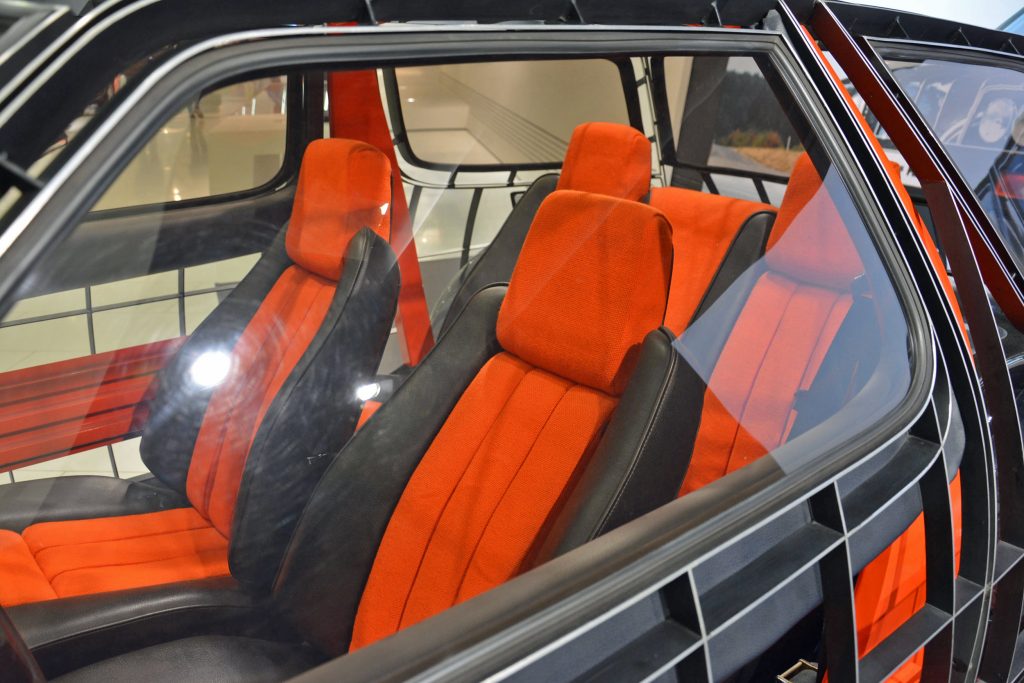

In that light, the design’s virtual anonymity makes sense – only a set of 15-inch Fuchs wheels, similar to those used on the 911, and small “Style Porsche” emblems on the fenders identified the FLA as a product of Porsche’s R&D department. Wheels and badge aside, the car could have been just about anything else. (I think it’s vaguely Volkswagen Brasilia-esque, but maybe that’s just me.)
While the display car offered little in the way of bodywork, a production model, Porsche suggested, could feature aluminium and stainless-steel components in order to minimize corrosion. Significant use of plastics and other synthetic materials would allow much of the car to be recycled at the end of its life.
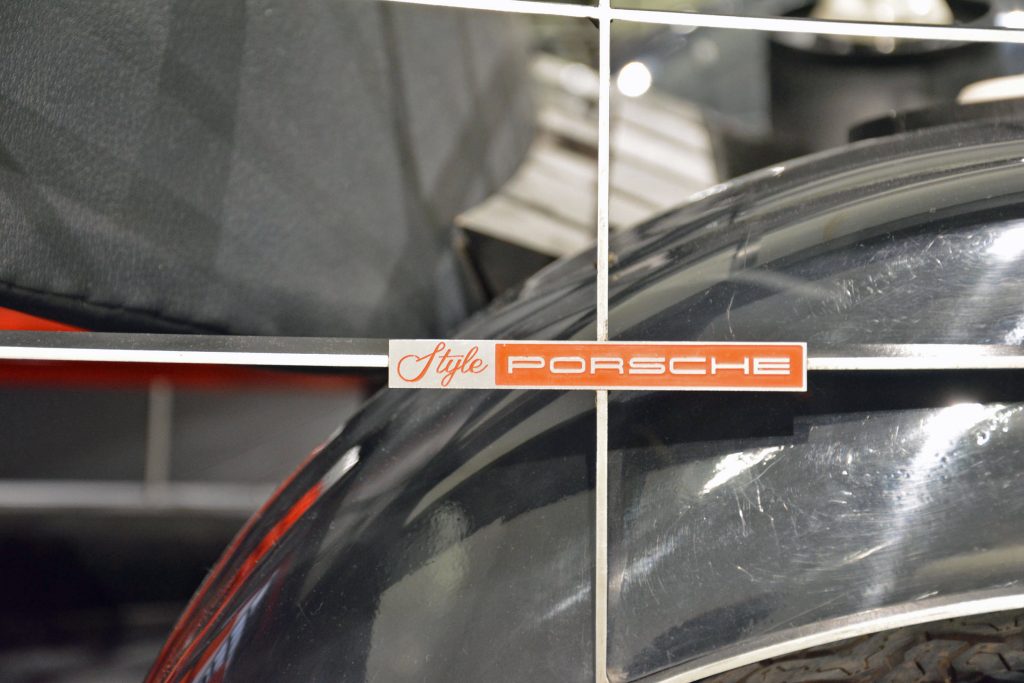
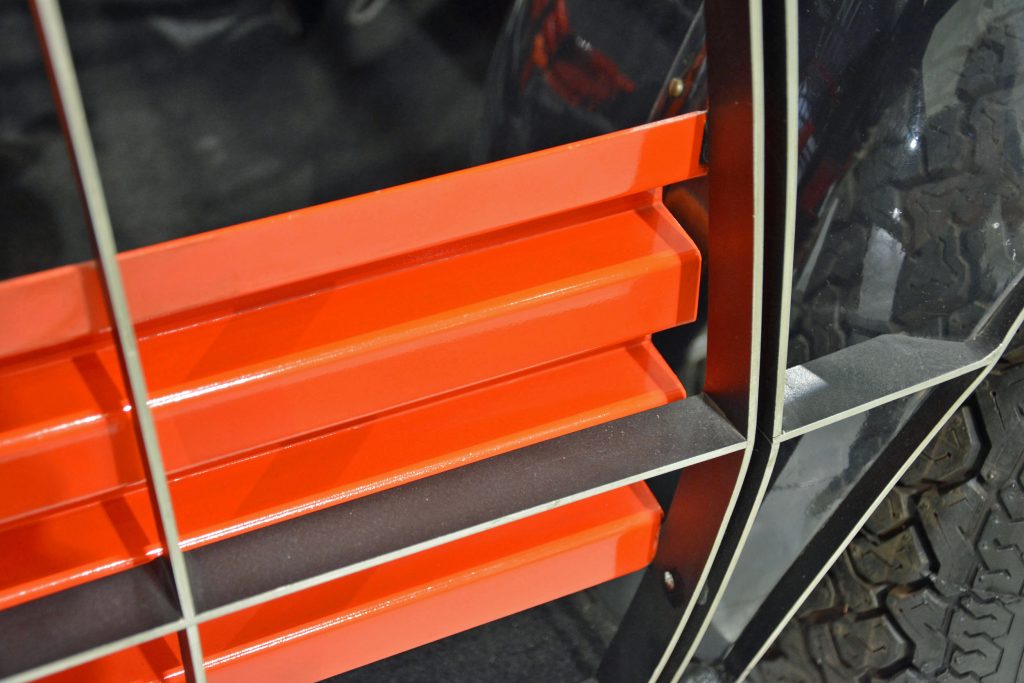
Undoubtedly to the chagrin of its racing-obsessed engineers, Porsche learned that designing a car to last 20 years and 300,000 kilometres required the use of a “wholly unsporting engine.” Instead of an air-cooled flat-six, as in the 911, the FLA featured a water-cooled, 2.5-liter four-cylinder tuned for 75bhp at 3600rpm and a 4000rpm redline. Even in the 1970s, that wasn’t asking a lot of 2.5 litres; Porsche’s 924, released in 1976, offered a 2.0-litre four rated for 123bhp.
The FLA’s engine was rear-mounted, spinning the rear wheels via a three-speed semi-automatic transmission. Combined with the car’s predicted gearing and drag, this would be enough, Porsche predicted, to send the thousand-kilo concept (if fitted with full bodywork) to a top speed of 99mph. Some of the measures taken to increase longevity included oversized engine bearings and transmission gears, for reduced stress and wear, plus an electronic ignition and a corrosion-resistant exhaust.
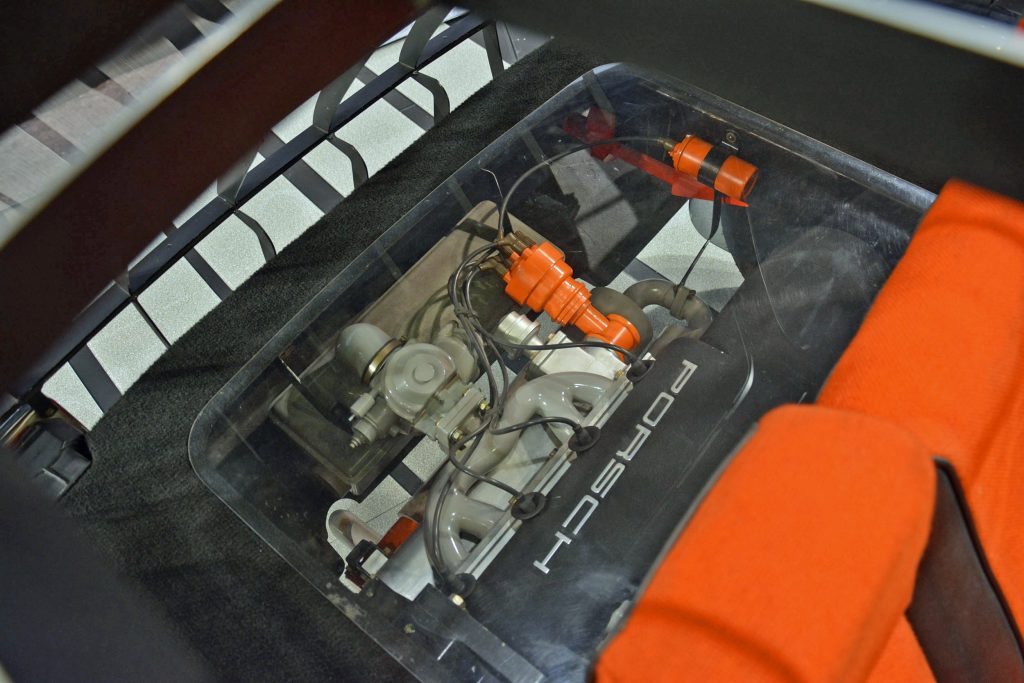
All told, the company predicted that a car designed to last 20 years would cost about 30 percent more than a comparable model of the time. It would also cost about 15 percent less to operate and maintain, Stuttgart suggested, noting that this number could increase if shortages and price hikes wreaked havoc on car production – an eerily prescient forecast at a time when oil embargoes and chip shortages were still the stuff of science fiction.
Porsche’s research wasn’t limited to the oily bits. The manufacturer went so far as to detail a new business structure for carmaking, one that included “special overhaul plants” where cars could be refurbished or modernised where appropriate, refitted for another 20 years of service. Manufacturers in the aviation and marine industries were already doing this sort of thing at the time, and the process is arguably what Singer Vehicle Design does today with classic Porsches.
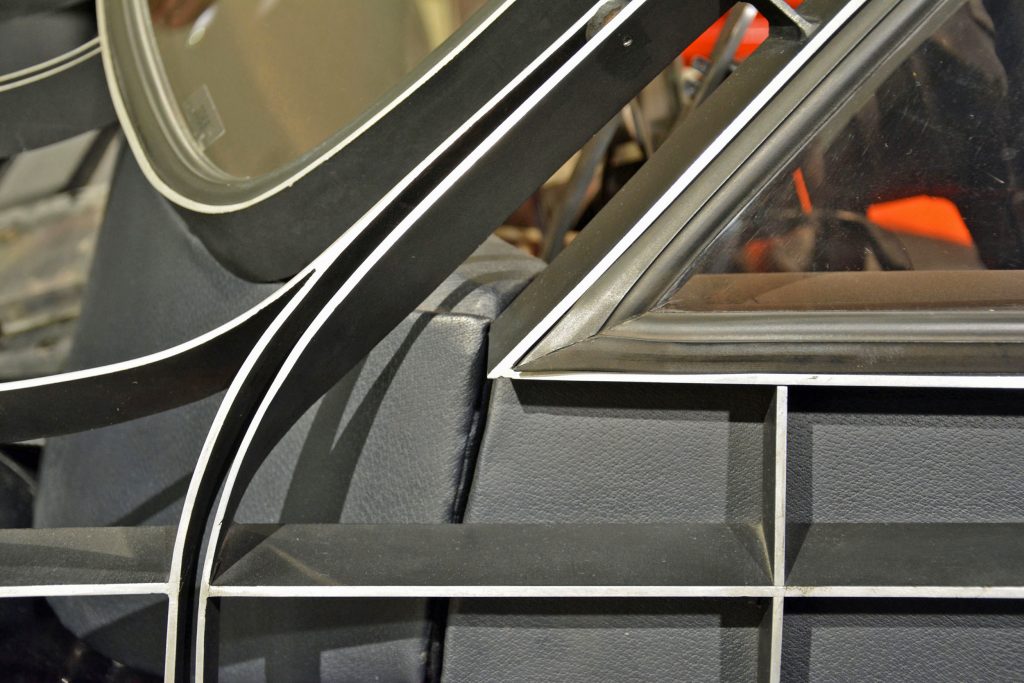
The 1970s were a tumultuous time for the automotive industry, and Porsche’s competition had greater problems to solve than longevity. The conversation that the firm hoped to start didn’t really happen, at least not at the global stage. For its part, Porsche stressed, there was no space for the FLA in the company’s catalog: “[We] certainly have no intention of producing such a long-life automobile in the near future.” That said, rust-resistant hot-dip galvanised body panels appeared on the 911 in 1975.
Porsche frequently compared the FLA to the various Experimental Safety Vehicles (ESV) prototypes that emerged from various government- and carmaker-funded projects in the 1970s. Those vehicles displayed a varying degree of visual and engineering wildness: Sports-car manufacturer MG notably tried to drunk-driver-proof a heavily-modified MGB GT, for example. As Popular Mechanics said in 1972, “The world may never want to place an ESV in production, but we sure want the answers they can give us.”
We wouldn’t want to commute in the FLA, but the car deserves credit – the thinking behind it is undoubtedly at least a small part of what keeps now-classic 911s on the road.
This article was originally published on Hagerty US.
Read more
Inside Porsche’s sustainable e-fuel refinery
How Porsche’s secret 989 saloon went from saviour to failure
CCV: When Chrysler (almost) made a 2CV




